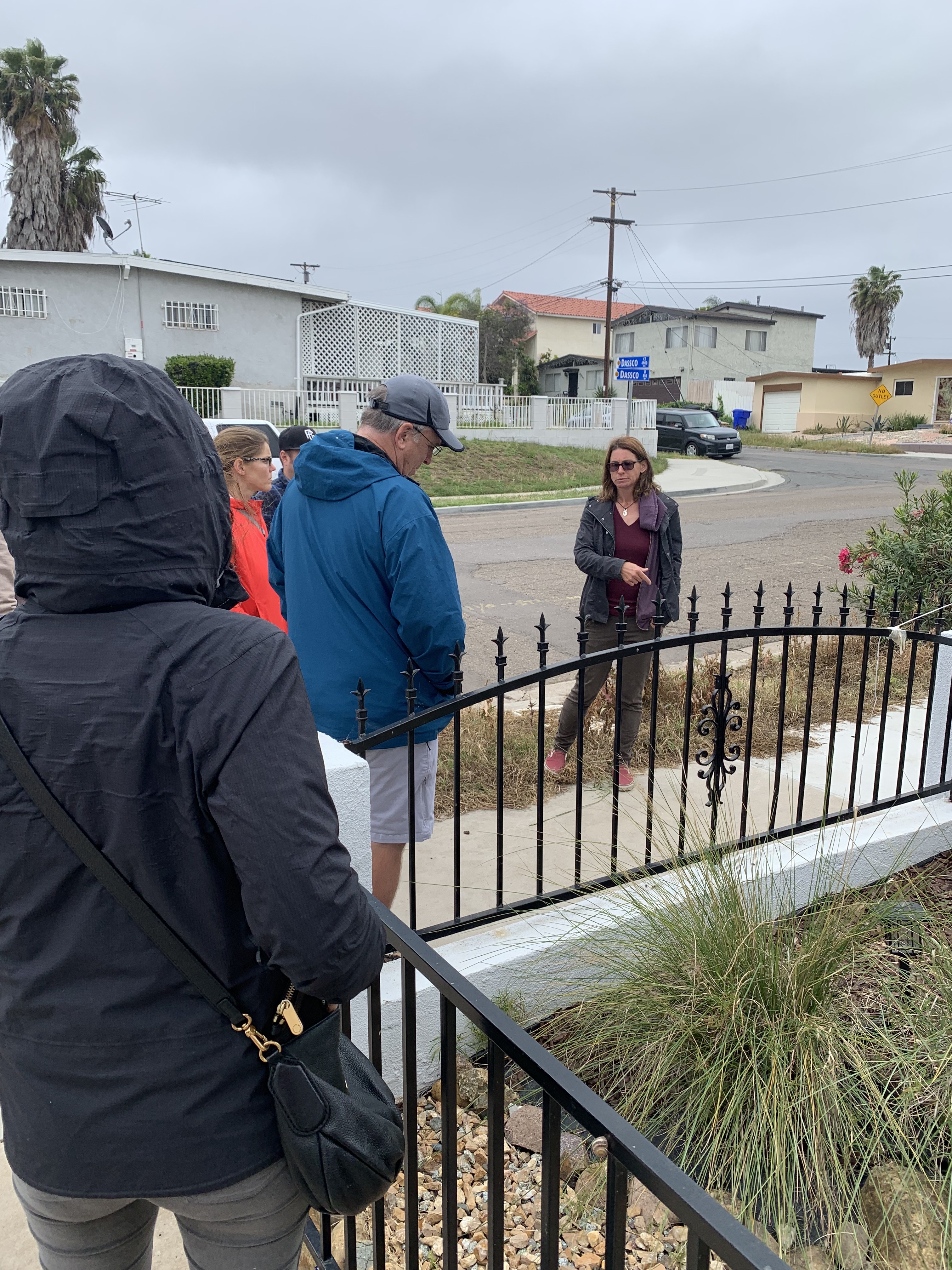Bioregional Center
- Public Health Task Force
- UCSD Spatial Analytics and Visualization
- San Diego Housing Commission
- Imperial Beach
- Chula Vista
The Public Health Alliance of Southern California (PHASoCal) convened a task force of public health and allied professionals who served as advisors as the team worked through regulatory, research, design and management issues related to alternative non-potable water supplies in San Diego County, focusing on DACs and San Diego Housing Commission Properties.

Catching H20 served as a technical consultant to PHASoCal throughout the project. The task force engaged a broad set of practitioners, regulators, and managers with very different knowledge and perspectives. PHA SoCal drafted the Discovery Document (key barriers), which summarizes regulatory barriers as well as larger institutuional, knowledge, and practice barriers, that must be addressed to elevate the role of decentralized water in promoting resilience and public health planning. The PHASoCal team conducted extensive background interviews and research with permitting staff, designers and installers of alternative non-potable reuse, and environmental health regulators and professionals, to assess levels of knowledge, barriers, and other considerations. The final Blueprint Document, Advancing Decentralized Non-Potable Water in the San Diego Region, advances a vision of “...a new water paradigm for San Diego - one in which all local water is valued and 80 percent of water is locally sourced by 2070.”
Through the IRWM grant, the University invested in the functionality of the California Healthy Places Index map. To support improved identification of DAC planning areas, including environmental and social issues related to food access and green space addressed through this project, the Healthy Places Index map was upgraded to allow registered users to upload GIS data sets and integrate this information into the HPI. The enhanced HPI mapping tool was used to develop the Targeted Needs Assessment document. https://map.healthyplacesindex.org/
Barriers to alternative non-potable water use include competing economics; inadequate systems integration, specific regulatory barriers; lack of local knowledge and education; and inadequate access to accurate information.
Key Recommendations: